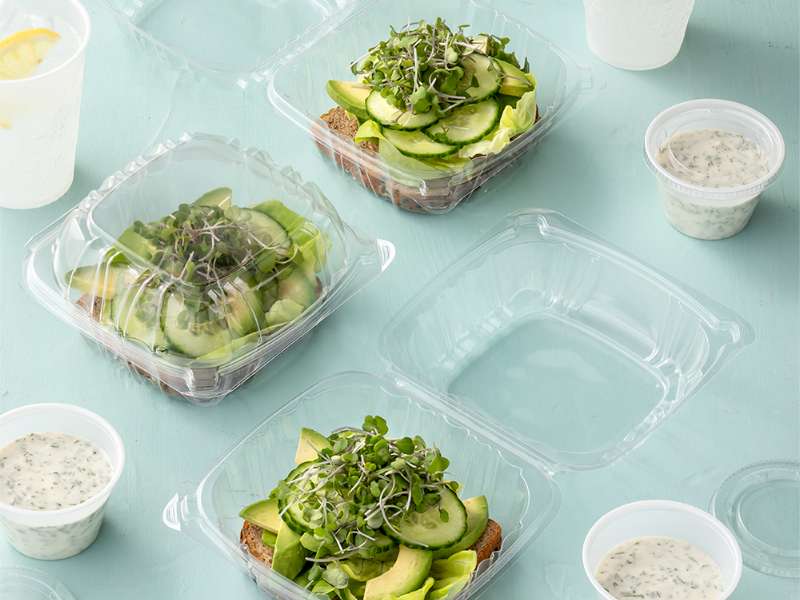Once again, Instagram feeds are being flooded with images of summer vacation travel from far flung locations across the globe. Pre-pandemic, American diners were increasingly getting more adventurous with their menu choices year-after-year.
According to the National Restaurant Association, 80% of all diners seek out flavors they cannot replicate at home while other data reports that 77% of millennials enjoy eating a variety of ethnic foods when dining out. With such affirmation in analytics, it’s a no-brainer that incorporating global flavors encourages visits to restaurants overall. But when doing so, there are certain guardrails to keep in mind.
Seek Authenticity
There has been a lot of discussion in the restaurant world recently regarding who gets to capitalize on any specific cuisine. Though the risk factor diminishes when it comes to offering singular dishes rather than revamping an entire menu or concept, it’s important to remain sensitive to your community and do your homework on a dish’s cultural heritage.
Informed servers that can relay a bit of backstory of the recipes back to customers and explain why the restaurant added it to the menu not only conveys reverence, but also connects the dots in the diner’s mind about how it fits within the assortment of other non-related offerings. Perhaps the chef, a line cook or manager has a relevant association, grew up in those kitchens or whose heart and soul is intertwined with that cuisine. Bottom line: always lead with sensitivity and respect; when restaurants explore international food, they help open communication between cultures.
Foodservice brands like Contigo® and Asian Pride® were designed and sourced with this concept in mind. Contigo means “with you” in Spanish, and the brand, managed by a team with deep cultural roots, reflects a spectrum of different Hispanic and Latin kitchens. Authenticity is also the hallmark of Asian Pride, and the ingredients in this category cover a range of culinary heritage, from Chinese and Japanese cooking, to Thai, Indian, Vietnamese, and more.
It’s the Ingredients
It can be a bit of a gamble to invest in specialty ingredients and expensive spices when you are unsure of how a new, experiential dish will be received by diners. Still, try not to shortchange your efforts by skimping in this department. When presenting flavors your guests may be unaccustomed to, put your best foot forward to show the respect that these plates deserve. As international dishes and global tastes become more familiar, cultural ingredients will be increasingly viewed simply as flavor alternatives, rather than specialties.
Bite by Bite
One way to explore international ingredients is to refresh familiar dishes already on your menu with bold, exciting twists. Think along the lines of breakfast sandwiches like banh mi, lasagna reconfigured with tortilla chips and enchilada sauce, or kimchi mac ‘n cheese. It’s no surprise that culinary crossovers are often becoming the fastest moving sellers on the menu.
It’s a Big World, After All
As an appreciation for global cuisine has blossomed in the U.S. over the past few decades with Chinese, Mexican, and Italian taking the lion’s share of menu space, seek out lesser-experienced pathways when incorporating surprising, international flavors. Indian, South American, Israeli, and African ingredients have been trending highly in 2022, providing fantastic, unexpected journeys for diners to enjoy.



